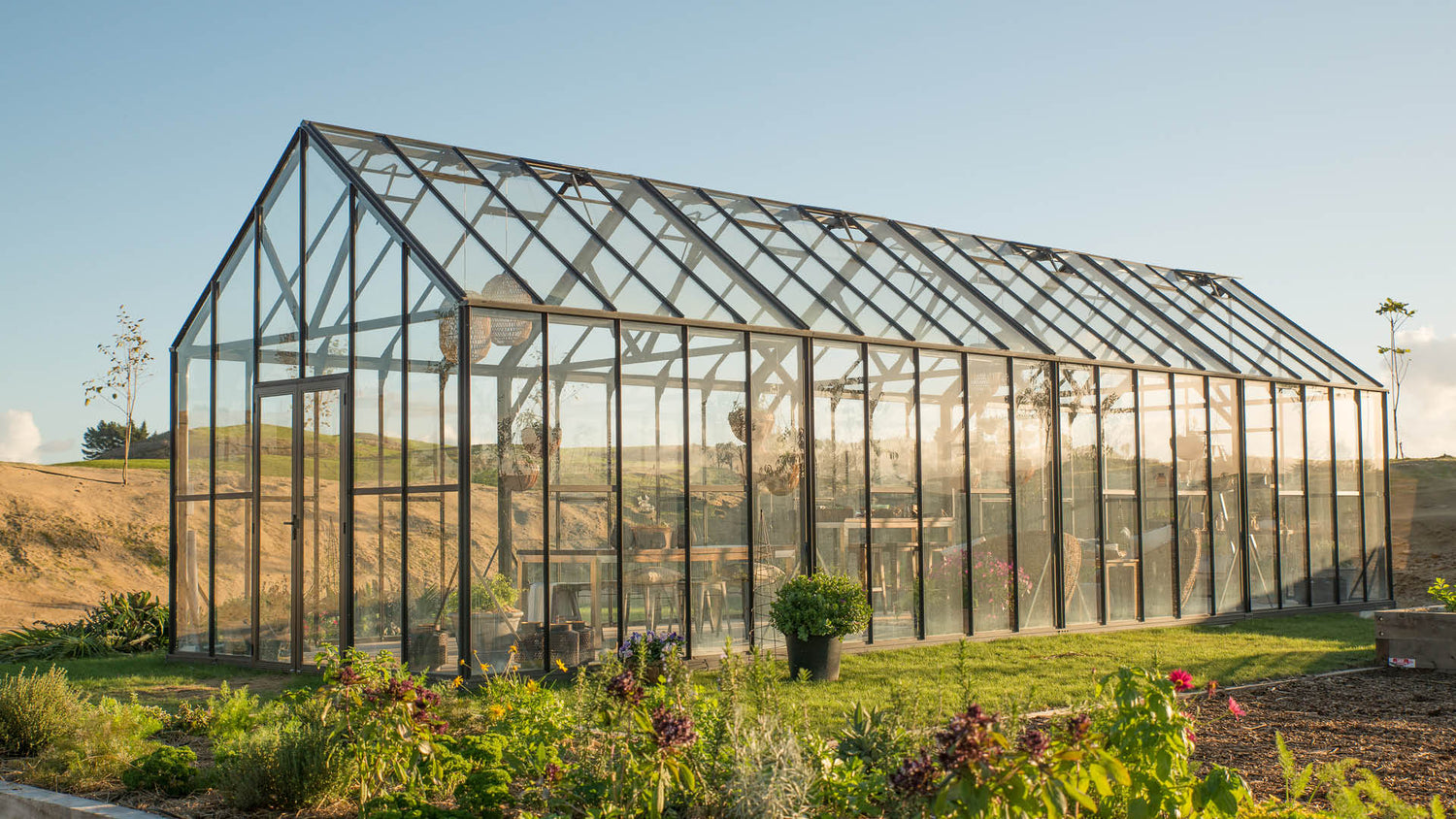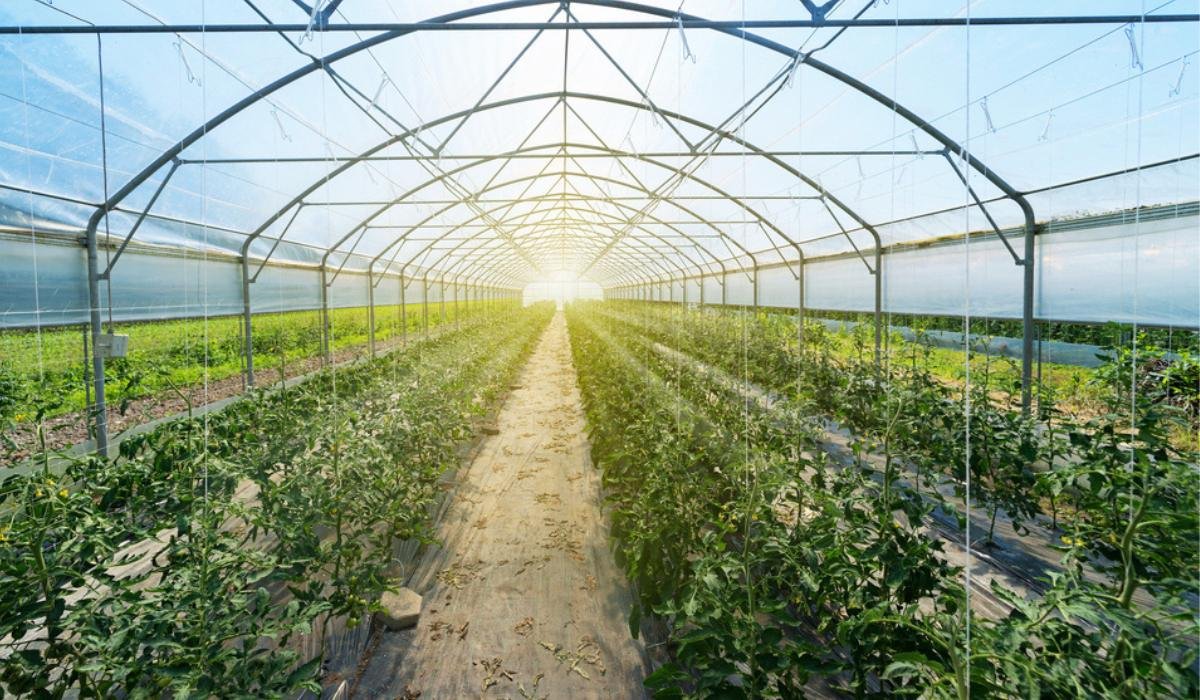The Future of Greenhouses: Developments in Lasting Farming
Are you curious about the future of greenhouses and just how they are reinventing sustainable farming? From sophisticated climate control systems to vertical farming methods, water-efficient watering techniques, renewable power combination, and wise data analytics, these innovations are transforming the method we expand our food.
Advanced Environment Control Systems
To attain ideal expanding problems, you can depend on the advancements in greenhouses with innovative climate control systems. These systems have actually reinvented the method we cultivate crops, offering a regulated environment that is helpful to plant growth. With these cutting-edge systems, you can currently manipulate temperature, moisture, light levels, and even carbon dioxide focus to create the ideal problems for your plants to thrive.
Among the key features of these innovative climate control systems is their capacity to manage temperature. By using sensing units and automated controls, the greenhouse can adjust the temperature based upon the particular demands of the plants. This makes sure that they are never ever exposed to extreme warmth or cool, which can be harmful to their development.
Humidity control is another important aspect of these systems. By preserving the excellent humidity levels, you can avoid issues such as mold and mildew, mold, and disease from influencing your crops. These systems can additionally manage the quantity of light that gets to the plants, guaranteeing that they get the ideal quantity for photosynthesis.
Furthermore, progressed environment control systems can even control CO2 focus. By boosting the degrees of carbon dioxide in the greenhouse, you can boost plant development and performance. This is especially beneficial in areas with reduced all-natural carbon dioxide levels.
Upright Farming Techniques
One essential vertical farming strategy is making use of stacked expanding systems. Monarch Farm Greenhouse Utah. These systems entail arranging plants in several layers, vertically piled on top of each various other. By using upright space, farmers can optimize their crop return without requiring extra land. Stacked growing systems are generally made use of in city locations where room is restricted.
One preferred technique is called upright hydroponics, where plants are grown in nutrient-rich water without soil. This method is highly reliable as it lowers water usage by approximately 90% contrasted to standard farming methods. Additionally, given that the plants are grown inside your home, they are protected from conditions and bugs, lowering the need for pesticides.
Another strategy is aeroponics, which includes suspending the plant roots in a haze or air atmosphere. This technique enables optimum nutrient absorption and oxygenation, leading to faster growth and greater returns. Aeroponics additionally utilizes much less water than typical farming and can be applied in vertical systems, making it a prominent choice for upright farming.
Water-efficient Watering Methods
Making the most of water conservation is essential when it pertains to executing water-efficient irrigation methods in lasting agriculture. With global water scarcity becoming a pressing issue, it is critical to establish cutting-edge strategies that optimize water usage in greenhouse procedures.
One promising approach is drip irrigation, which supplies water straight to the plant origins, lessening waste and evaporation. By utilizing a network of tubes with little emitters, water is applied gradually and precisely, making certain that plants receive the needed moisture without excess runoff.
An additional efficient technique is making use of dirt dampness sensors. These tools gauge the dampness content in the soil and offer real-time data to farmers. By checking the dirt's moisture levels, farmers can accurately establish when and just how much water to use, protecting against over-irrigation.
Additionally, the execution of rainwater harvesting systems is obtaining appeal in greenhouse agriculture. Gathering rain from roofs and storing it in tanks enables farmers to use this natural source for watering functions, my sources lowering reliance on standard water resources.
Lastly, the fostering of automated irrigation systems can significantly boost water performance. These systems utilize sensors to identify dirt wetness degrees and climate condition, readjusting irrigation schedules accordingly. By optimizing water use based on actual plant needs, these systems can lower water waste and promote lasting farming methods.
Renewable Energy Assimilation
Currently, let's look into exactly how you can incorporate eco-friendly power into your greenhouse operations for a more lasting future. Sustainable power integration in greenhouses uses numerous advantages, including lowered operating prices and reduced reliance on non-renewable power sources. One way to include eco-friendly energy is with the setup of photovoltaic panels. These panels are positioned on the roof covering or bordering areas of the greenhouse to record sunlight and convert it into electricity. The created power can after that be utilized to run various operations within the greenhouse, such as air flow, illumination, and home heating systems. In addition, excess energy can be stored in batteries for usage during non-sunlight hours. Another technique of eco-friendly power combination is making use of wind turbines. These wind turbines harness wind power and transform it into electricity, which can be made use of to supplement the energy needs of the greenhouse. Integrating sustainable energy sources not only minimizes greenhouse gas discharges yet also advertises sustainability and strength in your farming operations. By accepting renewable power, you can add to a greener future while making certain the long-term viability of your greenhouse organization.
Smart Information Analytics and Automation
To enhance the efficiency of your greenhouse procedures and enhance source usage, take into consideration carrying out clever data analytics and automation. Smart data analytics involves gathering and assessing data from different sensors and tools within your greenhouse.
Automation, on the other hand, involves making use of modern technology to automate tasks that were previously done by hand. This can include automating the control of lighting, air flow, watering systems, and nutrient shipment. By automating these processes, you can make certain that your plants obtain the right problems and nutrients at the correct time, without the need for continuous hand-operated treatment. This not just conserves you best petrol lawn mower effort and time however additionally decreases the risk of human mistake.
Additionally, wise data analytics and automation can interact synergistically. The data accumulated by sensing units can be used to educate automated systems, enabling them to make real-time modifications based on the existing problems. This assimilation of data analytics and automation can result in extra efficient and exact source allocation, inevitably resulting in greater returns and better crop high quality.
Verdict
In final thought, the future of greenhouses in sustainable agriculture looks appealing. With innovative climate control systems, upright farming techniques, water-efficient irrigation techniques, and sustainable power integration, greenhouses are coming to be more reliable and environmentally pleasant.

By enhancing water use based on real plant demands, these systems can minimize water waste and promote sustainable farming practices.
